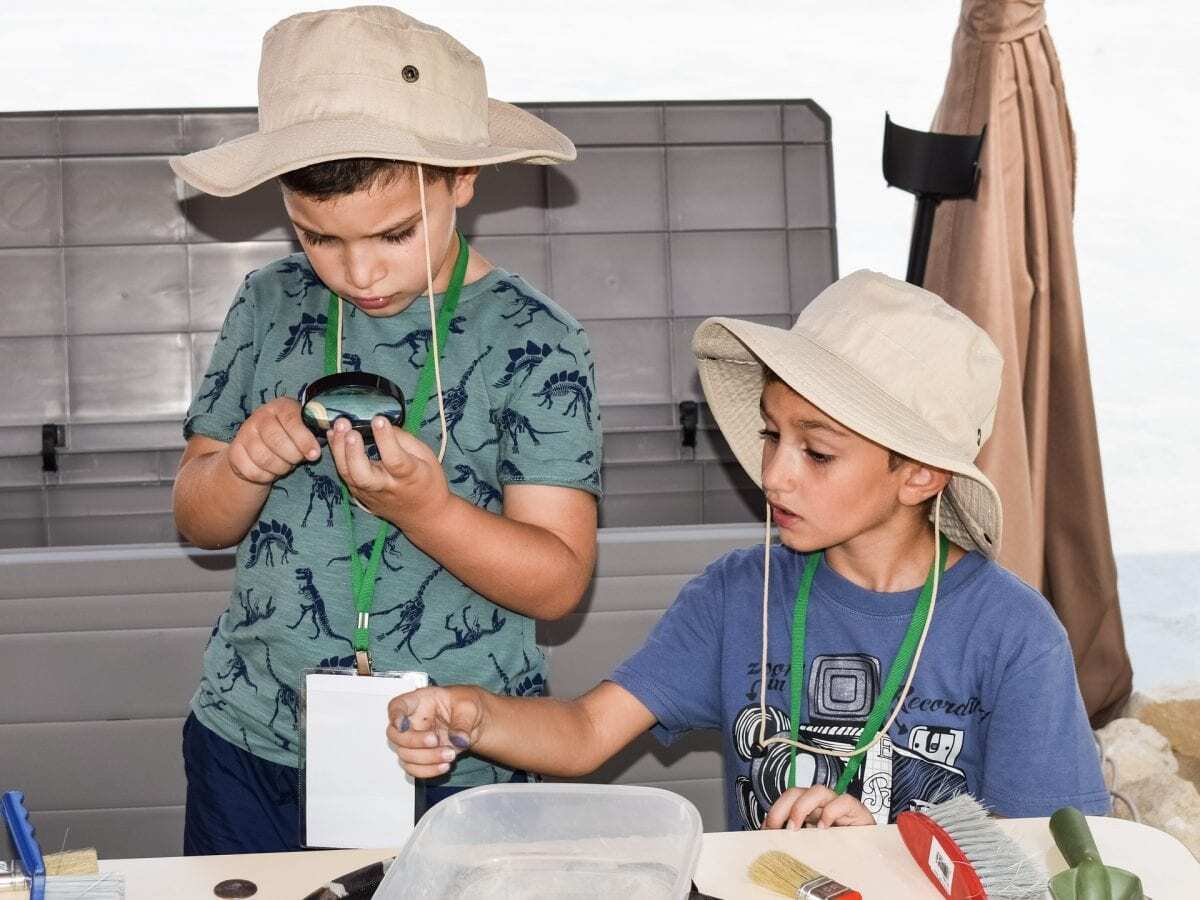The University of Salford is to manage a huge archaeology project that will see digs in all ten boroughs of Greater Manchester as well as Blackburn over the next four and a half years.
Dig Greater Manchester, which is funded by the Association of Greater Manchester Authorities (AGMA), will provide the opportunity for thousands of school children and adults to take part in an archaeological evaluation in their local area with many more people able to get involved through talks and exhibitions.
Of the 11 evaluations, two outstanding sites will be chosen for full-scale archaeological digs carried out using volunteers trained and supervised by the University of Salford experts.
School and college involvement will reach 6,000 pupils and include class work, a site visit where the students will experience carrying out archaeological excavation.
Three thousand members of the community will be able to get involved in the ‘digs’ and there will many opportunities to learn other archaeological techniques with workshops being conducted throughout the term of the project.
These workshops will not only equip volunteers with the skills to take part in and get most enjoyment out of the experience, but will also equip them with the skills to develop their own projects. There will also be a series of informative lectures and presentations on the local history and archaeology of the boroughs and a lecture of the results of each evaluation.
During the term of the project there will be conferences which will involve community members presenting the results, culminating in a final conference at the end of the four and a half years.
Brian Grimsditch, from the Centre for Applied Archaeology at the University said: “This is one of the biggest archaeological projects in the country. It will be a wonderful way for thousands of people of all ages to learn about the history of their local areas and give them the skills to carry out their own research, long after we have packed up our tools.”
Councillor Paul Murphy said: “This is a fantastic project that will get thousands of young people across Greater Manchester involved in something hands-on, educational and exciting. It will also provide them with a vital opportunity to learn about the history of their local community and obtain new skills that they may want to develop into a future career.
“This has all been made possible by AGMA and the University of Salford working together and highlights what effective partnership working can achieve. I look forward to hearing about the progress of the project.”
Norman Redhead, Greater Manchester County Archaeologist said: “Dig Greater Manchester will build on the long tradition of community engagement with the area’s archaeology. The project has already identified a range of archaeological sites with exciting potential and I suspect local communities will be amazed at what they uncover on their doorstep.
“We know from previous community digs that the people of Greater Manchester have a tremendous enthusiasm for getting involved with their local heritage. I can’t wait to see what the project unearths!”
The 11 sites which will range from the medieval to industrial mills will be finalised over the next few weeks.
University of Salford
Header Image Credit – Public Domain







